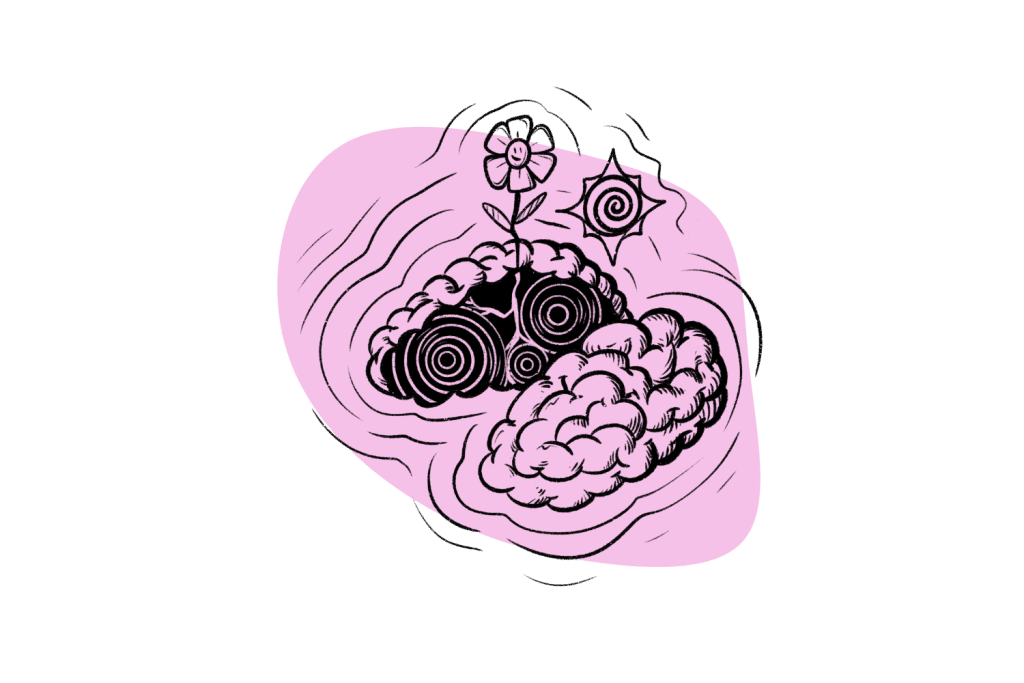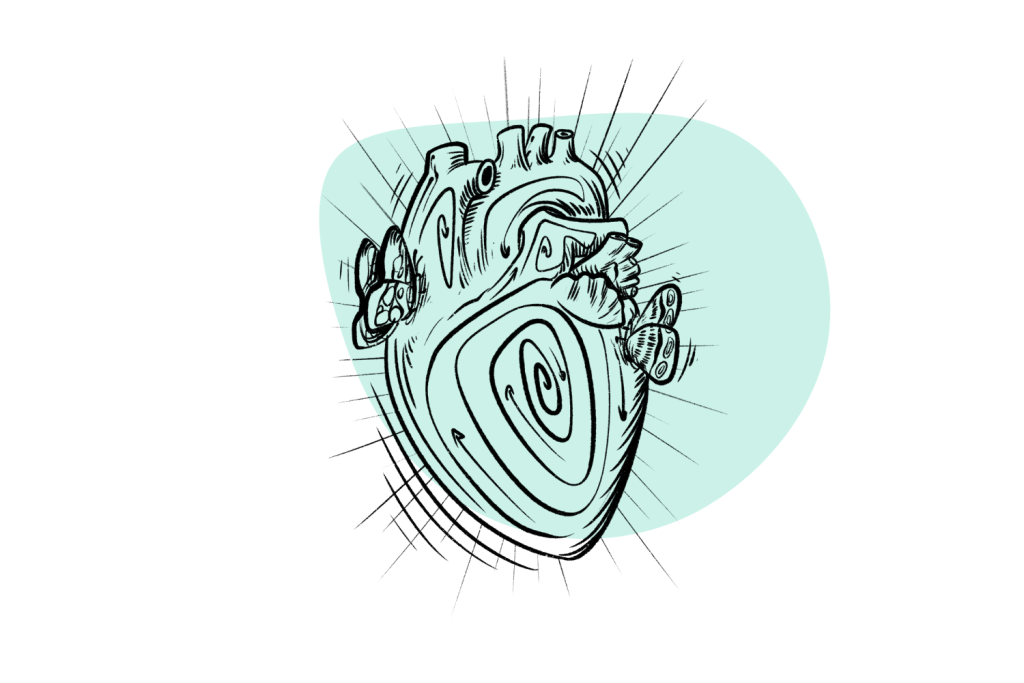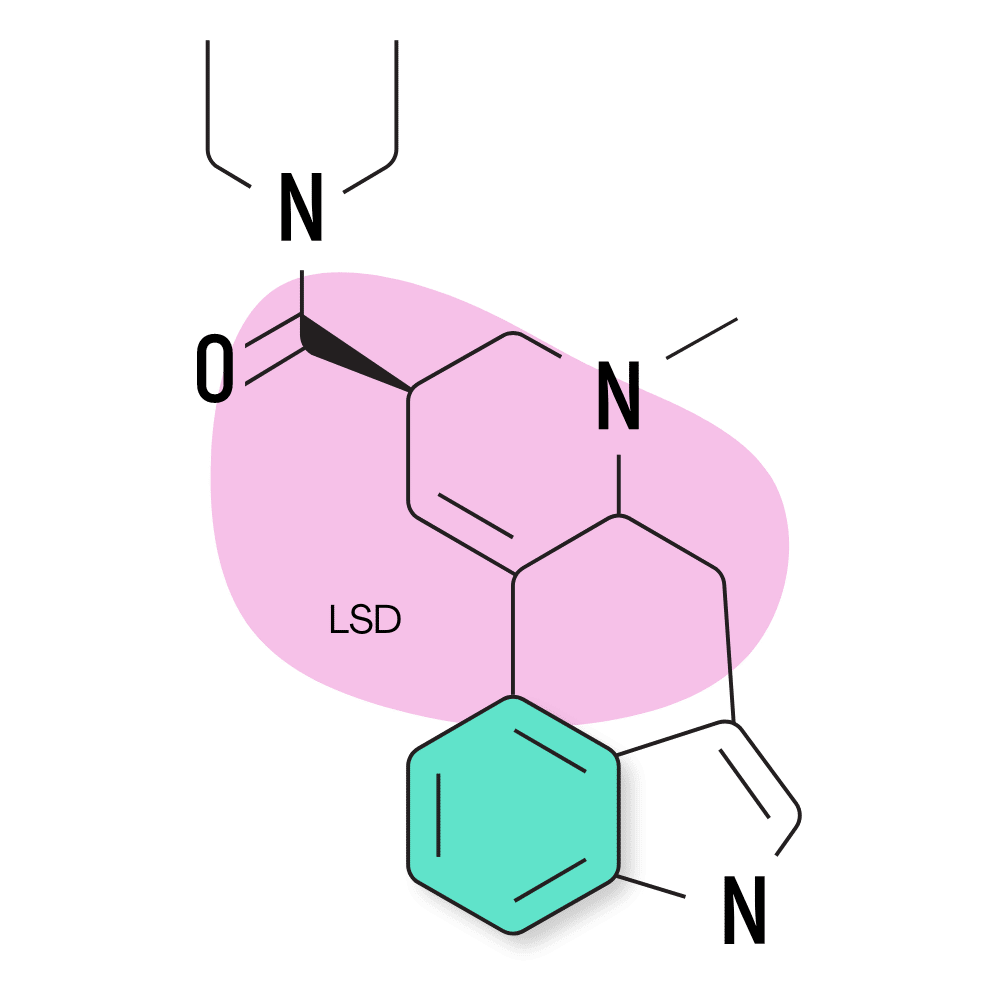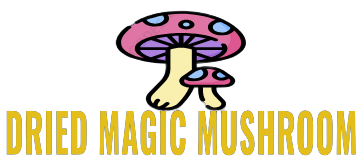Uncategorized
Buy LSD online California | LSD Shop Online California | LSD Dispensary online California.
Buy LSD online California. LSD (lysergic acid diethylamide) was discovered by accident after Swiss chemist Albert Hofmann absorbed some of the unknown substance through his fingertips. The effects of the drug started to set in within a few minutes, producing bizarre visual changes a “the desire to laugh.” Buy LSD online California.
Buy LSD online California. Anybody who’s taken LSD knows this drug causes visual and auditory distortions, opens our minds, and makes us feel more connected with each other, the environment, and the universe — but what’s actually going on? How does LSD affect the brain?. Buy LSD online California.
And most important of all, is LSD safe?
Key Takeaways: What Does LSD Do to Your Brain?
- Binds to serotonin receptors to produce changes in sensory processing.
- Interacts with dopamine receptors, affecting mood & making users feel more awake.
- Decreases the activity in the amygdala — offering a positive effect on fear response.
- Suppresses the default mode network (DMN) & promotes temporary ego-dissolution.
How Does LSD Affect The Brain?
The brain is an incredibly complex and sophisticated organ, made up of billions of interconnected neurons capable of massive processing power.
When we talk about how things like LSD affect the brain, it’s really more about understanding how LSD can affect each of the many different parts of the brain rather than the brain as a whole and how it alters and disrupts their processes.

While the brain used to be a relative mystery to us, thanks to modern advanced scanning technologies like fMRI (functional magnetic resonance imaging), we can now map and examine specific neural activities among certain parts of the brain when a substance is imbibed.
So, what specific parts of the brain does LSD affect, now that we can see and understand it?
1. Effects of LSD on the Hypothalamus
When observed using an fMRI or other scanning device, the hypothalamus is engaged and reacts heavily after LSD ingestion. Thalamocortical connectivity is hugely increased, which is correlated with the infamous hallucinations that LSD is associated with [1].
One other potential cause of the hallucinations, as well as the different sensory experiences, could be an increased release of cortical glutamate levels, triggering a myriad of smaller interactions throughout the brain leading towards these feelings of surrealness and hallucinations .
2. Effects of LSD on The Amygdala
Studies have found that the administration of LSD reduced the reactivity of the amygdala when presented with frightening faces .
The amygdala is the region of the brain most commonly associated with emotional processes, especially things like fear and anxiety. A reduction in reactivity caused by LSD could be an explanation for why LSD is able to alleviate mental health conditions such as anxiety and PTSD, which are known to involve overactive fear responses [14].
3. Effects on the Default Mode Network
The default mode network (DMN) is the brain network most responsible for daydreaming and unfocused brain activity. It’s the part of the brain that becomes active when the brain is at wakeful rest and is not specifically focusing on any specific task. It’s also the neurological basis for the whole idea of the “self” – in other words, what helps make you, you.
Essentially, the DMN is one of the main parts of our brain that helps to facilitate our own identity.
Studies have shown that LSD suppresses the DMN, making it less able to filter out and maintain the rigid structure of logical thinking that we need to hold on to the concept of “you” [4].
This is the feeling of “ego-death” commonly associated with LSD and some other psychedelics; it breaks down the barrier of the self and allows for free and disassociated thoughts and feelings to flow freely.
4. Effects of LSD on Serotonin Receptors
Serotonin is a type of neurotransmitter in the body. It’s responsible for all sorts of different emotional and physical interactions, but it’s most commonly associated with our overall mood, as well as our sleeping patterns.
LSD has a strong binding capacity for two serotonin receptors in particular — 5-HT2A and 5-HT2C. This attachment to the receptors is what helps to trigger the characteristic psychoactive effects of LSD [5].
5. Effects of LSD on Dopamine Receptors
Dopamine is commonly thought of as the main neurochemical responsible for the feeling of pleasure. Its purpose is to act as a sort of encouragement towards evolutionarily beneficial behaviors in that it confers motivational salience. Do something generally good that the body wants, such as eating high-calorie foods or having sex, and the body rewards you with pleasure.
LSD has the ability to not only affect the serotonin receptors but to switch to and trigger dopamine receptors as well.
Studies show that the feelings of psychosis caused by LSD come from binding with the dopamine D2 receptor, alongside triggering other receptors such as NMDA and serotonin [6].
How Does LSD Affect The Body?
When people talk about the effects of LSD, most of the focus is on how it affects our mental state and changes our brain chemistry.
However, it does also have an effect on the body as well. Though it’s less noticeable than psychoactive symptoms, LSD has been known to increase heart rate as well as blood pressure.
Theoretically, this effect could increase the risk of cardiac complications in patients already suffering from hypertension, cardiac arrhythmias, or congestive heart failure.

Still, while LSD is mostly linked to affecting the brain, it’s important to remember that it does still affect the body and our physiology as well — albeit on a much smaller scale.
What Is LSD?
LSD is probably the first psychedelic drug that most people would be able to name, and that is thanks to both its favorable reputation and the fact that so many people have already tried it.
In fact, despite its illegality in most of the western world, upwards of 7% of people in the USA alone tried hallucinogenic drugs, and by 2018, the use of LSD among American people increased by 56.4% in only three years [8].

A big part of LSD’s resurgence in popularity, and its durability as a drug of choice for many people, is the fame it obtained as the only real psychedelic available during the 1960s.
This led to it being the mainstream drug used by the various counter-culture movements throughout the 1960s and ’70s and became heavily associated with rock music and youth culture in general. LSD was being heavily promoted by the likes of Timothy Leary, Ram Dass (Richard Alpert), and many others under the adage — ”turn on, tune in, drop out.”
Even the United States government took an interest in it during the shenanigans of the MK-Ultra project.
What Is LSD Made Of?
LSD is surprisingly easy to make with the right equipment; synthesized by reacting diethylamine, an alkaline that results from combining ethanol and ammonia, with an activated form of lysergic acid.
Nothing more than a colorless and odorless liquid, LSD is unassuming to the naked eye. But it’s exceptionally powerful (roughly 100 times more potent than psilocybin from magic mushrooms).
LSD is normally made in bulk and painted across a large sheet of blotting paper. The papers are then cut into small squares (known as LSD blotter squares or “tabs”) that contain individual doses.
Modern LSD is made into LSD gel tabs, which offer up to three times more LSD per square, and have a much longer shelf life.
Related: How To Store LSD.
LSD For Psychiatric Health
A big reason why LSD became so popular, alongside its pleasant effects, is its ability to help treat a variety of different medical conditions — especially afflictions involving the mind.
Studies have found that LSD can be used to treat a variety of psychiatric conditions, including depression, addiction, and anxiety. In fact, LSD was actually used very successfully as a psychiatric treatment before it was banned in the early 1960s [9].
It’s very likely we’ll see LSD become reintroduced into psychiatric care in the coming years in the form of psychedelic-assisted psychotherapy.
Is LSD Bad For The Brain?
While LSD has shown an impressive safety profile across numerous studies spanning several decades — there’s always the potential for risk and some element of danger when using powerful mind-altering substances.
For example, some studies have found that LSD has the potential to trigger depressive or psychotic states in susceptible individuals [12].
It’s also possible for some users to experience a condition called hallucinogen persisting perception disorder (HPPD) — which involves visual distortions and mood changes that remain long after the drug has worn off.
However, other studies found that LSD is safe for most people when used responsibly [13]. There’s no indication that LSD is inherently bad for the brain. On the contrary, there’s far more evidence to suggest the effects of LSD has a positive impact on mental health and the psyche than there is to suggest it causes lasting harm.
